The mysterious relationship between animals and celestial bodies has fascinated humans for millennia. Among these cosmic connections, the influence of the moon on wildlife behavior remains one of the most intriguing areas of study. Snakes, as ancient creatures with complex sensory systems, exhibit fascinating behavioral patterns that appear to correlate with lunar cycles. From hunting habits to reproductive behaviors, these reptiles demonstrate subtle yet meaningful responses to the changing phases of the moon. This exploration into the intersection of herpetology and lunar influence reveals a fascinating dimension of snake biology that connects these earthbound reptiles to the rhythms of our nearest celestial neighbor.
The Science Behind Lunar Influence on Animal Behavior
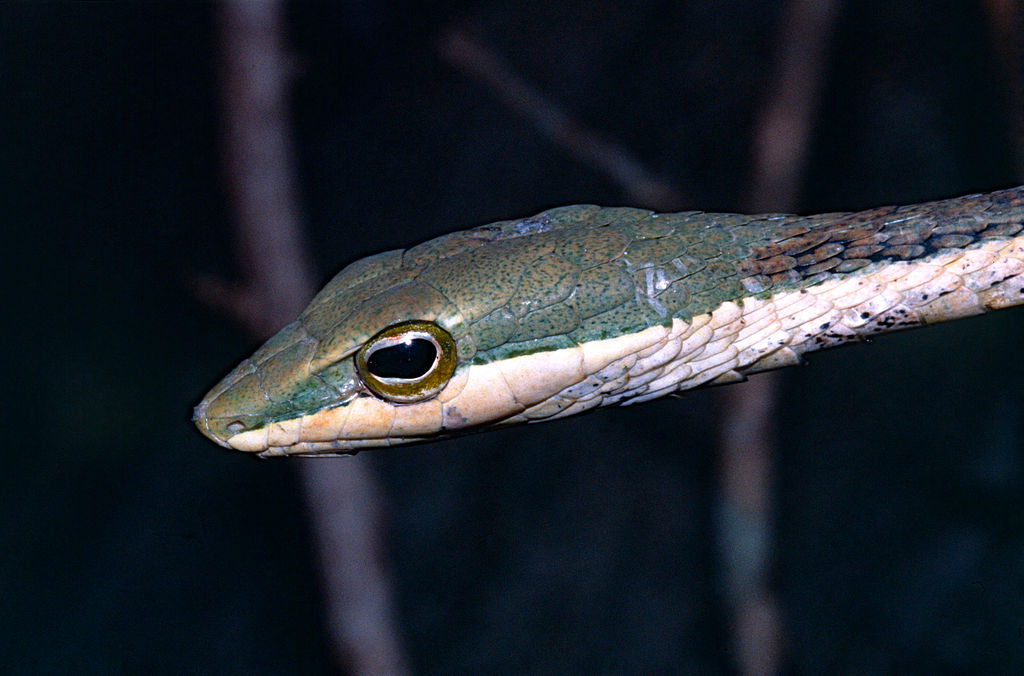
The moon’s influence on Earth extends far beyond the obvious tidal effects, creating subtle but measurable impacts on various ecological systems. For nocturnal and crepuscular animals, moonlight intensity directly affects visibility, hunting success, and predation risk, establishing a foundation for behavioral adaptations tied to lunar cycles. Researchers have documented lunar-related behaviors in numerous species, from coral spawning to mammalian hunting patterns, suggesting evolutionary adaptations to these predictable celestial rhythms. In snakes, these responses may be particularly complex due to their highly specialized sensory systems that detect environmental changes imperceptible to humans, including small variations in temperature, magnetic fields, and potentially even gravity that occur throughout the lunar cycle.
Snake Activity Patterns During Full Moons
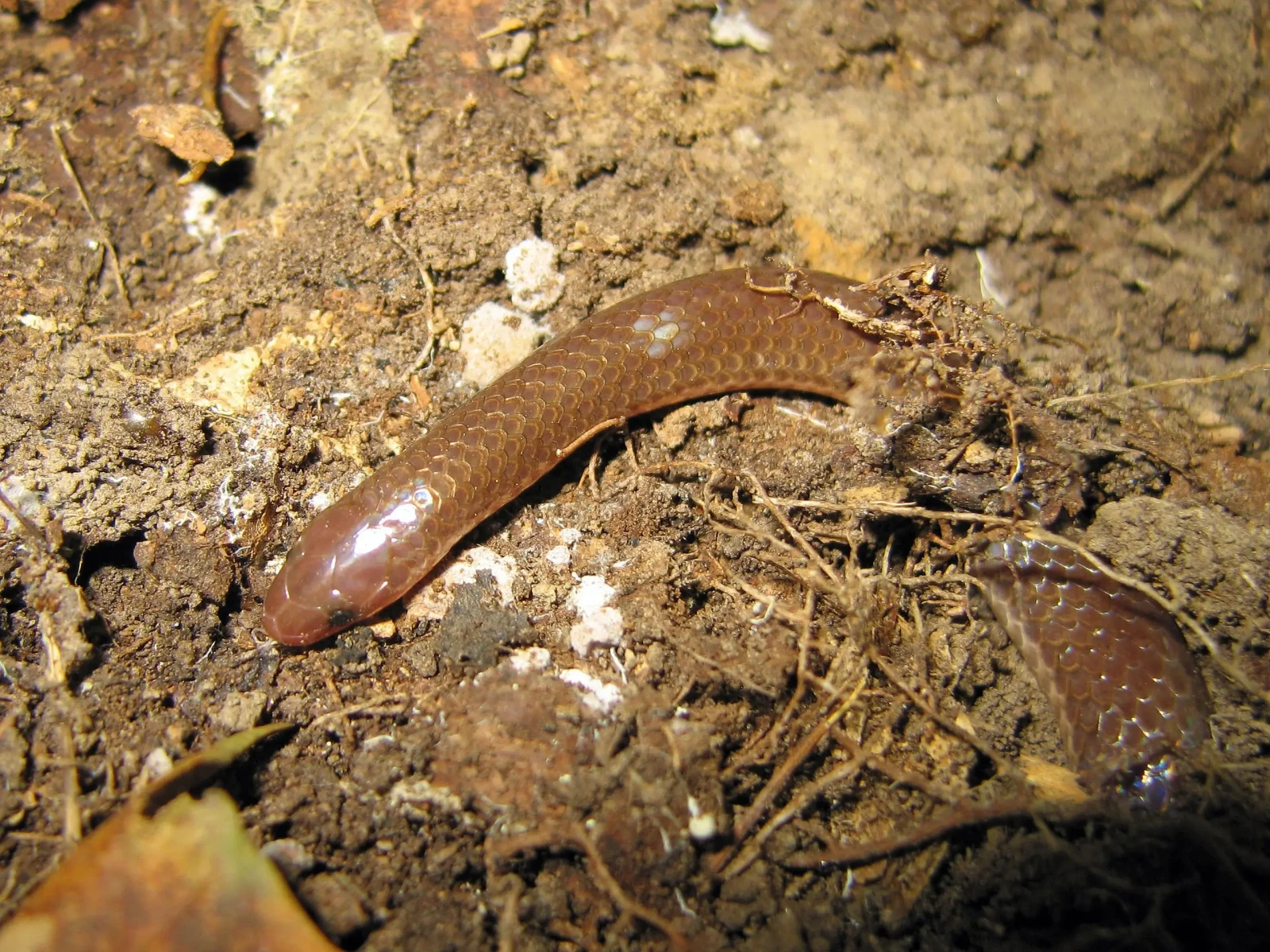
During full moon periods, many snake species demonstrate notable shifts in their activity patterns, often exhibiting either increased or decreased movement depending on their ecological niche. Nocturnal snake species like many vipers and pythons may reduce their hunting activities during bright full moons, as the increased illumination makes them more visible to predators and potentially alerts their prey to their presence. Conversely, some studies suggest that certain snake species actually capitalize on the increased visibility during full moons to hunt more efficiently, particularly those that rely heavily on visual hunting techniques rather than heat sensing or chemical detection. This variability highlights the species-specific nature of lunar responses and demonstrates how moonlight creates complex trade-offs between hunting advantage and predation risk for different snake species.
New Moon Behaviors in Serpents

The dark nights of new moons create distinctly different conditions that trigger alternative behavioral patterns in many snake species. Researchers have observed increased movement and hunting activity in numerous nocturnal snake species during these darker periods, when reduced visibility provides better cover from predators. For venomous snakes that ambush prey, new moon periods often correlate with peak hunting success, as they can move more freely without detection while leveraging their specialized sensory adaptations that don’t rely on visible light. Field studies tracking snake movements consistently show higher capture rates of certain species during new moon phases, suggesting these reptiles may time their most active hunting periods to coincide with these monthly dark periods.
Reproductive Timing and Lunar Synchronization
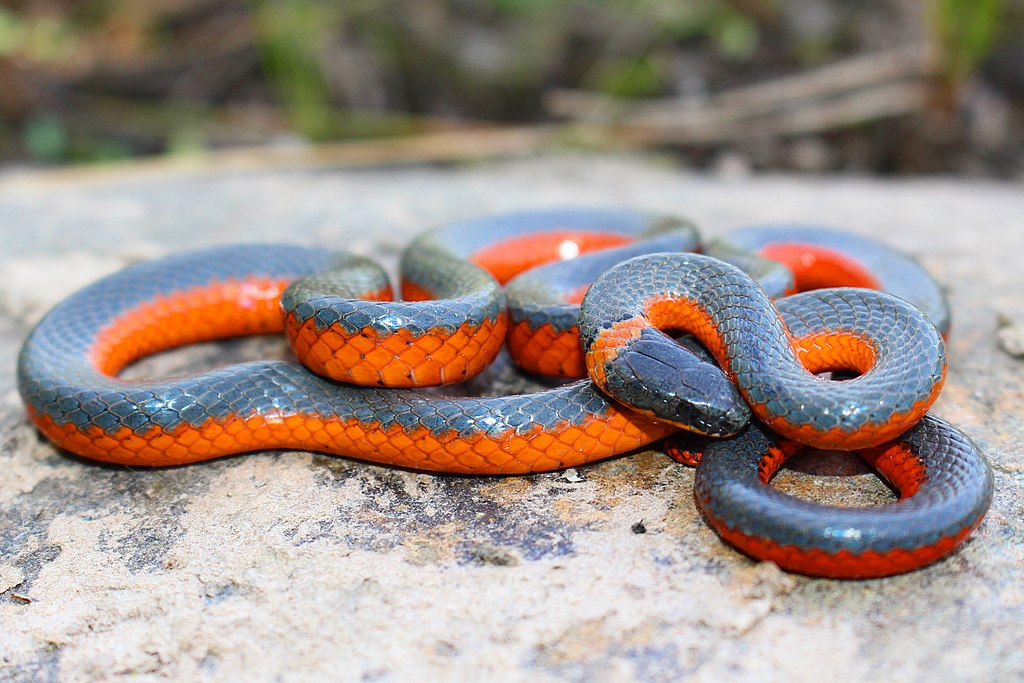
Perhaps one of the most fascinating aspects of lunar influence on snake behavior involves reproductive timing, with several species showing evidence of synchronizing mating behaviors with specific moon phases. In certain aquatic and semi-aquatic snake species, researchers have documented increased mating activity during particular lunar phases, suggesting these reptiles may use the moon’s cycle as an environmental cue to coordinate reproduction. This synchronization likely offers evolutionary advantages, potentially ensuring optimal environmental conditions for offspring or maximizing the number of available mates during specific periods. Long-term studies of breeding colonies have revealed statistically significant correlations between mating aggregations and specific lunar phases in several snake species, though the mechanisms behind this timing remain incompletely understood.
Thermoregulation Shifts Throughout the Lunar Cycle
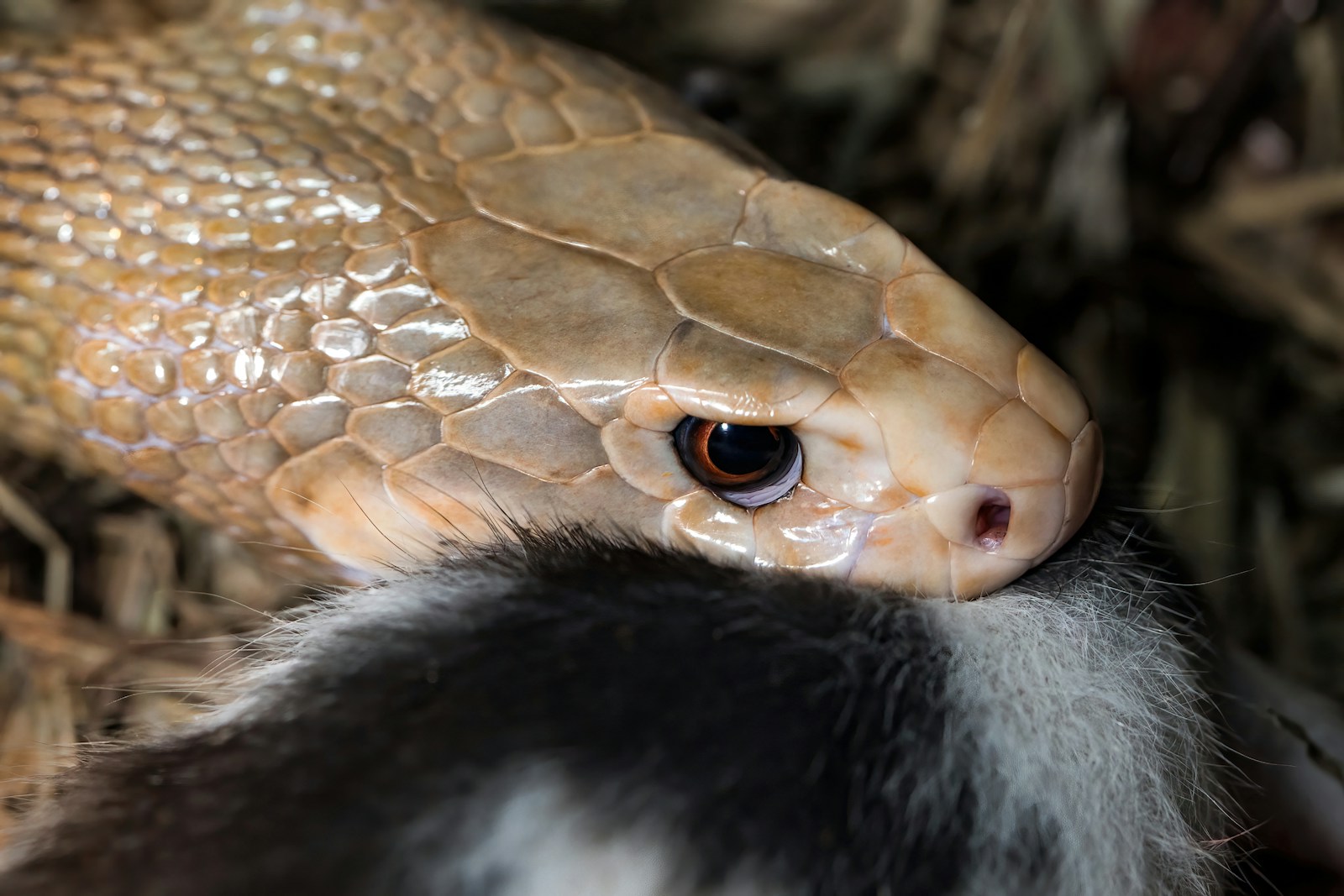
Snakes, as ectothermic animals, must carefully regulate their body temperature through behavioral adjustments, a process that appears influenced by lunar phases. During full moons, the increased nighttime illumination can subtly affect ambient temperatures and radiation patterns, potentially altering optimal basking and cooling behaviors in some snake species. Researchers using temperature-sensitive tracking devices have documented changes in preferred basking locations and durations that correlate with lunar phases, particularly in desert-dwelling species where nighttime temperature management is crucial. These thermoregulatory adjustments throughout the lunar cycle represent another dimension of how moon phases indirectly affect snake behavior through environmental modifications rather than direct sensory perception.
Lunar Effects on Snake Feeding Patterns

Feeding frequency and success rates in many snake species show intriguing correlations with lunar phases, creating monthly patterns in predatory behavior. Field researchers tracking feeding events have documented species-specific variations, with some snakes showing increased predation success during darker moon phases while others demonstrate different patterns. These variations likely reflect the complex interplay between a snake’s hunting strategy, prey type, habitat, and how moonlight affects both predator concealment and prey vigilance. In aquatic environments, lunar-influenced tidal patterns can alter prey availability and accessibility, creating additional feeding rhythm complexities for sea snakes and semi-aquatic species that must coordinate hunting with tidal cycles affected by lunar phases.
How Different Snake Species Respond Variably to Lunar Cycles

The diversity of lunar responses across snake species illustrates the ecological and evolutionary complexity of these adaptations. Pit vipers, with their heat-sensing capabilities, may show different lunar phase responses compared to species that rely primarily on vision or olfaction for hunting. Arboreal snakes face different moonlight-related challenges than terrestrial or fossorial (burrowing) species, resulting in varied behavioral adaptations to lunar illumination. These species-specific differences likely reflect evolutionary adaptations to each snake’s particular ecological niche, predator profile, and hunting strategy, creating a fascinating mosaic of lunar responses across the snake family tree. Comparative studies between closely related species living in different habitats provide particularly valuable insights into how these lunar adaptations have evolved to match specific ecological contexts.
Snake Movement and Migration Tied to Moon Phases
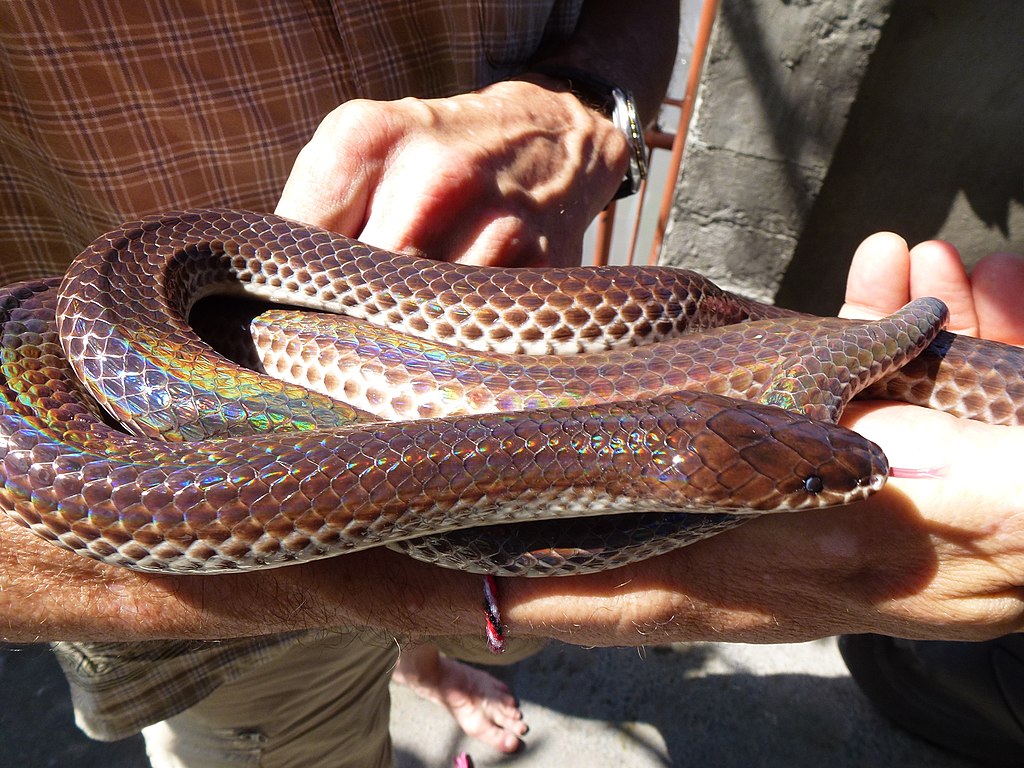
Beyond daily activity patterns, evidence suggests that larger-scale snake movements and potential migrations may correlate with specific lunar events. Radio-tracking studies have documented increased long-distance movements during particular moon phases in several snake species, suggesting possible lunar timing of seasonal relocations. For snakes inhabiting coastal areas, movements often synchronize with spring tides (which occur during full and new moons), potentially to access temporary food resources or special habitat conditions. These larger-scale movement patterns suggest that snakes may integrate lunar cues into complex navigational and timing systems that help optimize their seasonal activities and resource utilization throughout the year.
Physiological Changes Throughout the Lunar Month
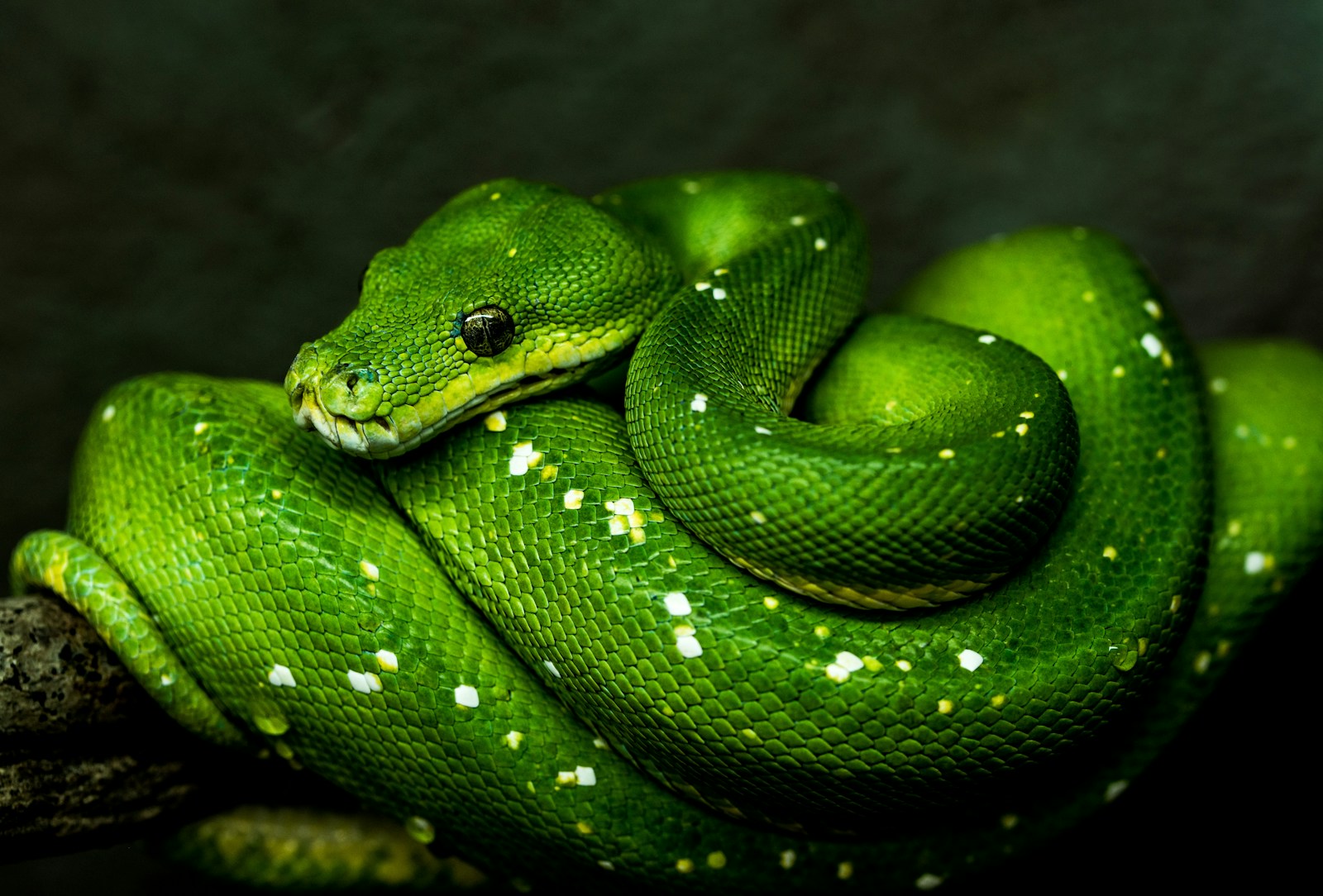
Beyond observable behavioral changes, emerging research suggests that snakes may experience subtle physiological shifts that correlate with lunar cycles. Studies measuring hormone levels in captive snakes have detected monthly fluctuations in certain endocrine markers that align with lunar phases, particularly those related to stress and reproductive readiness. Metabolic rates in some species appear to fluctuate in patterns that correlate with the lunar calendar, potentially as adaptations to optimize energy expenditure with expected activity and feeding success rates. These physiological correlations suggest potentially deep biological connections between snake internal systems and lunar cycles that go beyond simple behavioral responses to changing light levels.
The Role of Gravitational Forces on Snake Behavior
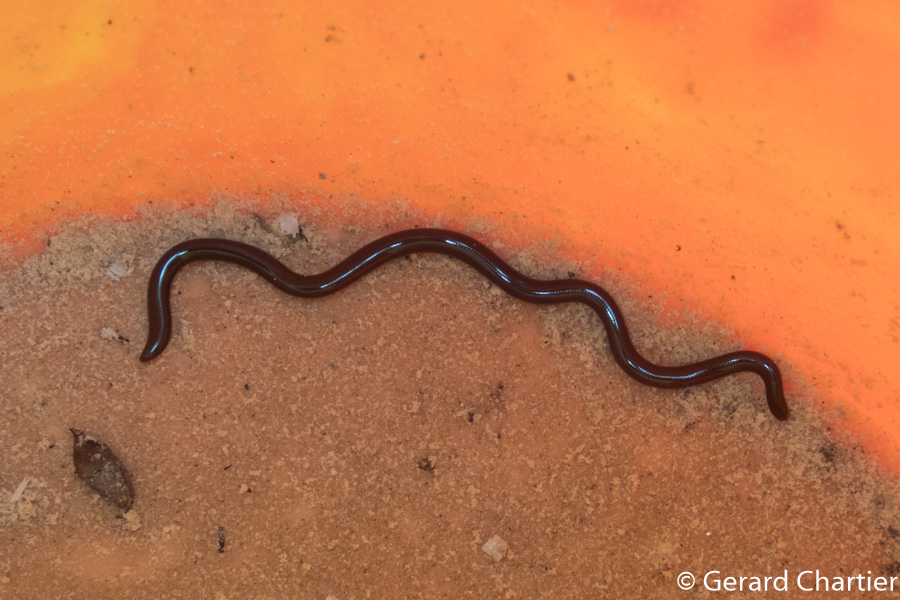
While changes in illumination represent the most obvious lunar influence, the moon’s gravitational effects may also play a subtle role in snake behavior through mechanisms not yet fully understood. The same gravitational forces that create ocean tides also exert minor effects on all objects on Earth, including small pressure changes that highly sensitive animals might potentially detect. Some researchers hypothesize that snakes, with their entire bodies in constant contact with the ground, might possess heightened sensitivity to these subtle gravitational variations throughout the lunar cycle. Though challenging to isolate experimentally from other lunar effects, this potential gravitational sensing capability represents an intriguing area for future research into how snakes might perceive and respond to cosmic influences beyond simply moonlight.
Folklore and Cultural Beliefs About Snakes and the Moon
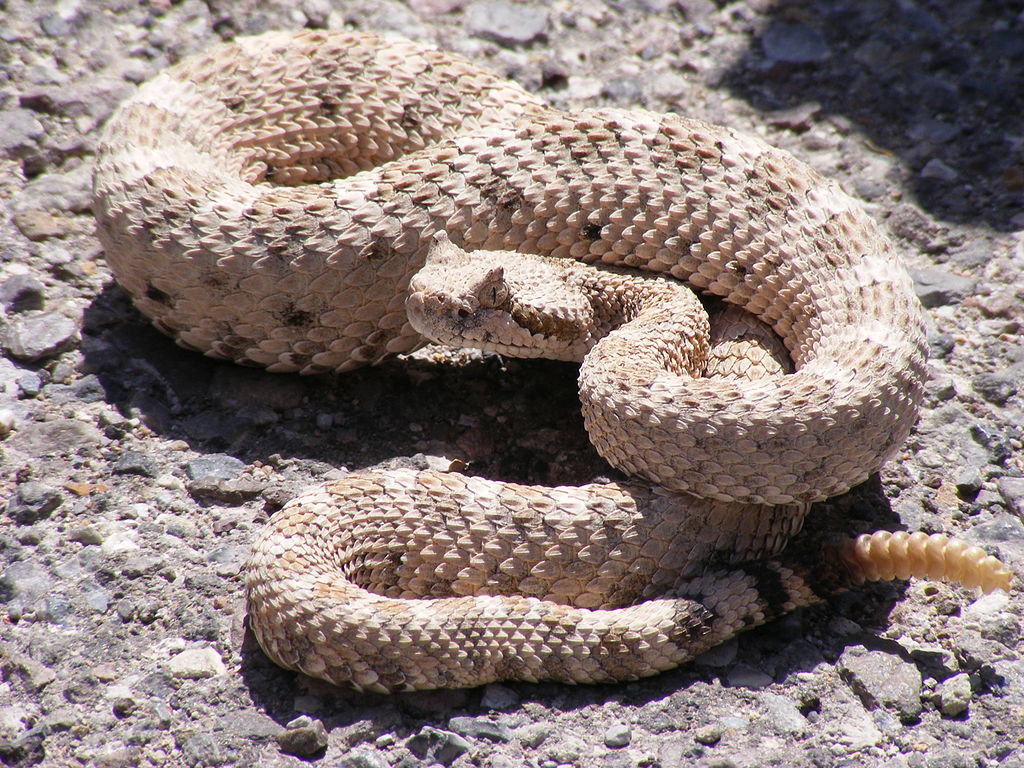
Across diverse human cultures, connections between snakes and lunar cycles appear repeatedly in folklore, suggesting ancient observations of these relationships predate scientific study. Many traditional cultures documented monthly patterns in snake activity, often attributing mystical or spiritual significance to these correlations between serpents and the moon. These cultural beliefs sometimes contain kernels of ecological truth, as traditional knowledge frequently stems from generations of close environmental observation and pattern recognition. The persistence of these lunar-snake associations across disconnected cultures worldwide suggests they may reflect genuine behavioral patterns that were noticeable enough to be incorporated into cultural knowledge systems long before formal scientific investigation began.
Research Challenges and Future Directions
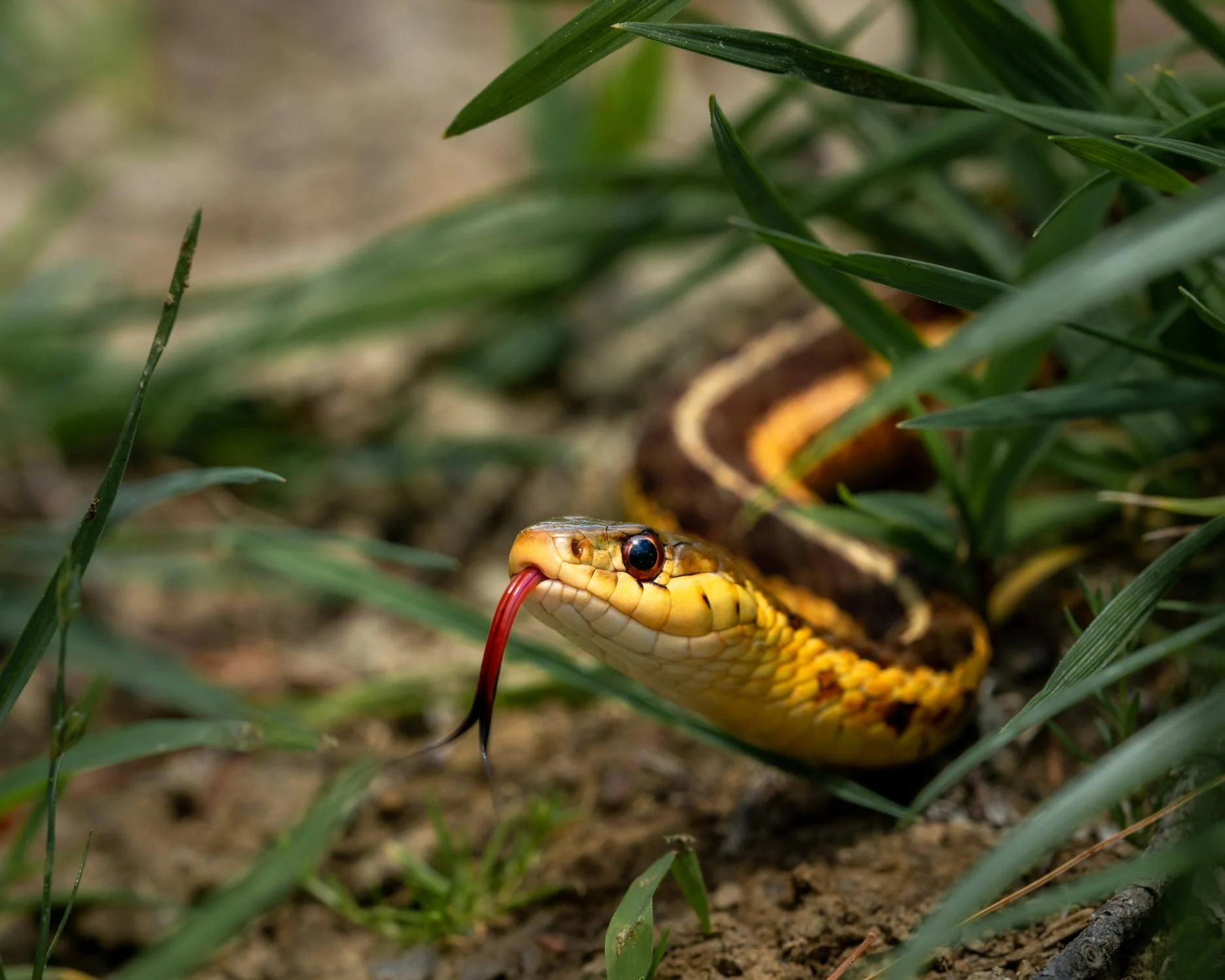
Studying lunar effects on snake behavior presents unique scientific challenges that require innovative research approaches and technologies. The confounding variables of weather, seasonal effects, and other environmental factors make isolating lunar influences particularly difficult, requiring long-term data collection across multiple lunar cycles. Emerging tracking technologies including miniaturized GPS units, accelerometers, and environmental sensors are enabling more sophisticated research designs that can better separate lunar effects from other variables. Future research directions include investigating potential mechanisms for lunar detection, species-specific response variations, and how climate change might alter these lunar-influenced behaviors as nighttime light levels and temperatures shift in unprecedented ways.
Conservation Implications of Lunar-Influenced Snake Behavior

Understanding how snakes respond to lunar cycles has important implications for conservation efforts aimed at protecting these often threatened reptiles. Human activities that create artificial light pollution can disrupt natural lunar-influenced behaviors, potentially affecting feeding success, reproduction, and survival rates in snake populations. Conservation strategies may need to consider lunar timing when planning interventions such as protected area management, captive breeding releases, or habitat restoration to work with rather than against natural behavioral rhythms. As climate change alters environmental conditions and light pollution continues to expand globally, preserving the integrity of these ancient lunar-synchronized behaviors represents an important but often overlooked aspect of snake conservation that deserves greater attention.
Conclusion
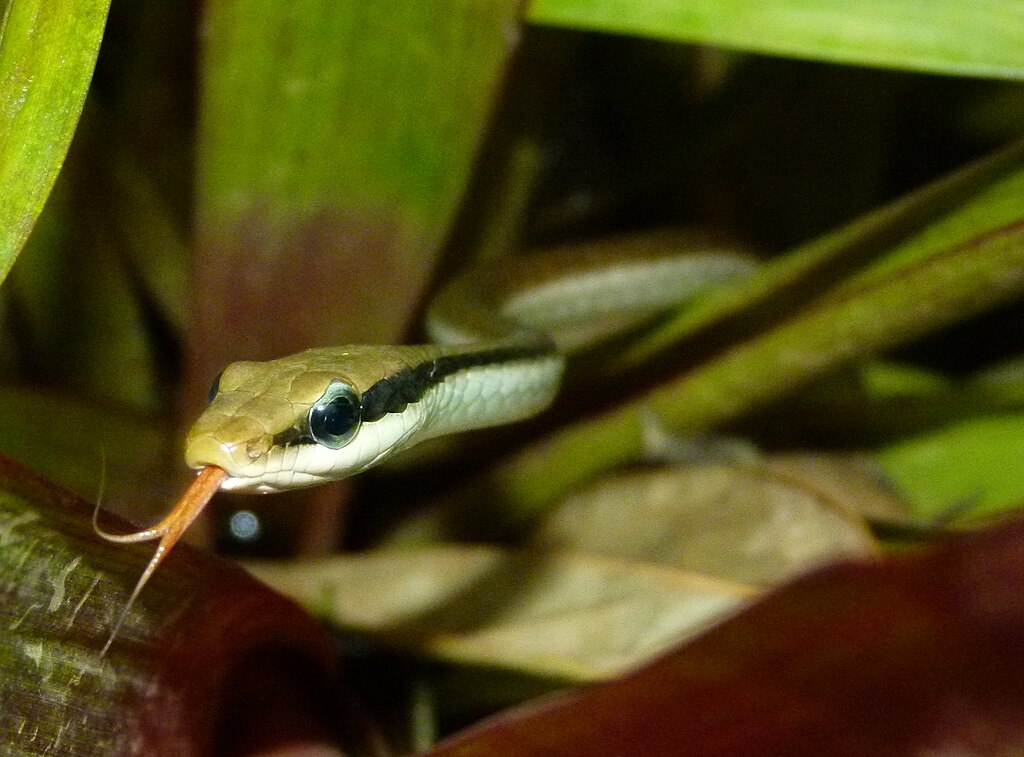
The relationship between snakes and lunar cycles reveals the intricate and often surprising ways that terrestrial creatures remain connected to cosmic rhythms. From hunting and reproductive behaviors to movement patterns and physiological changes, the moon’s influence permeates many aspects of snake biology in species-specific ways. This connection between serpents and our celestial neighbor not only provides fascinating insights into snake ecology but also reminds us of the complex, interconnected nature of Earth’s biological systems. As research techniques advance, our understanding of these lunar-influenced behaviors will undoubtedly deepen, potentially revealing even more surprising ways that these ancient reptiles have evolved to synchronize their lives with the predictable rhythms of the night sky.





